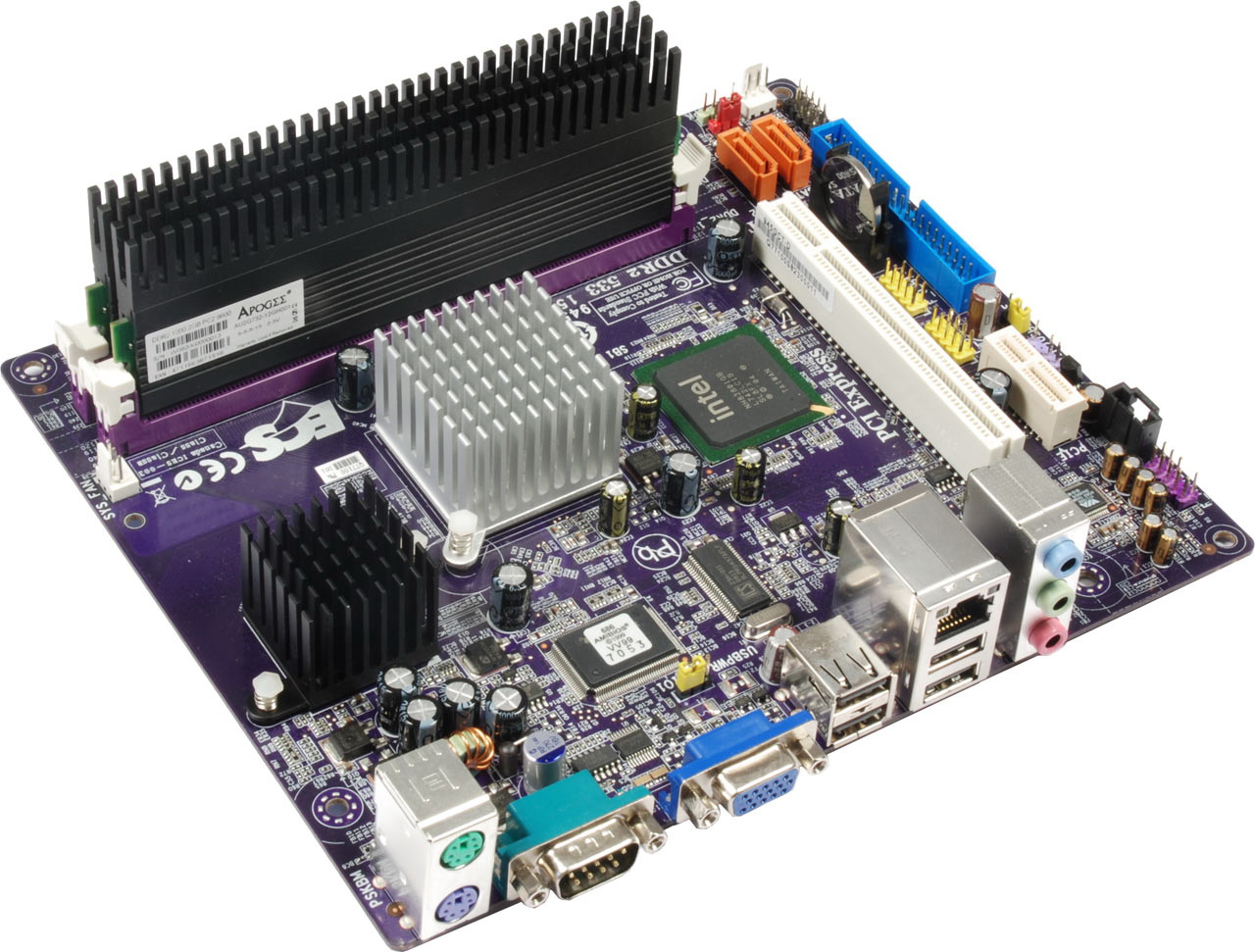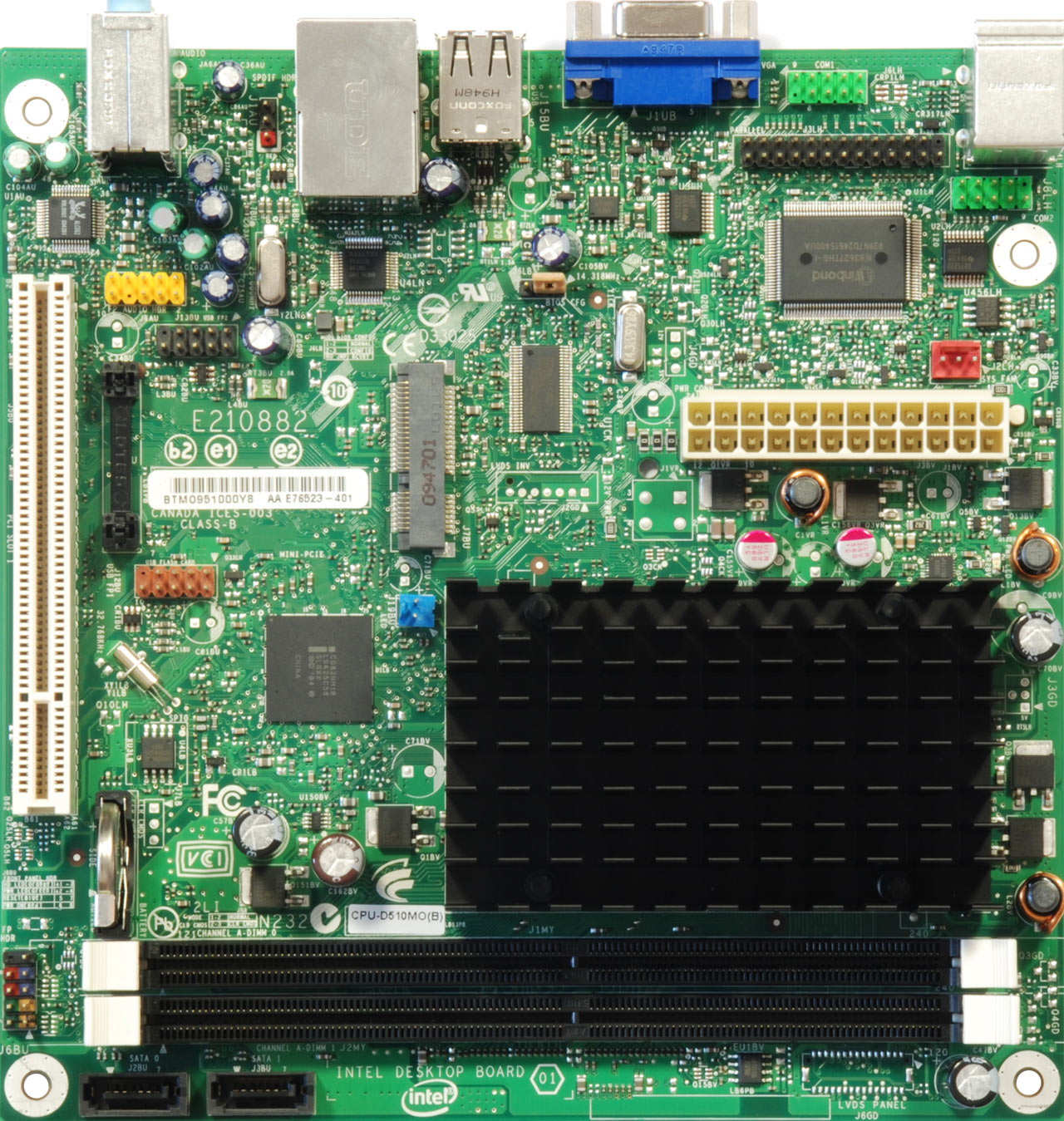Intel Pentium 4 Vs. Atom: A Battle Of The Generations
Most people know that Intel’s Atom is a slow, low-cost processor. But does it even offer enough performance to take it beyond desktop processors nearly a decade old? Today we're comparing a modern Atom CPU to two Northwood-class Pentium 4-based PCs.
Better Than Its Reputation? Intel's Atom
Atom 230
The Atom 230, also known as Diamondville, was Intel’s first Atom generation. It comes with clock speeds of up to 1.6 GHz and a 133 MHz front-side bus. It also supports Hyper-Threading, like the Pentium 4, and has the same 512 KB of L2 cache. But this is all they really have in common.
While the Pentium 4s we used are 130 nm products, the Atom uses Intel’s 45 nm process. The limited clock speed paired with the modern manufacturing process helps the single-core chip to stay within a thermal envelope of only 4 W. Unfortunately, the whole Atom platform doesn’t necessarily save power, since Atom 230 typically pairs with the terribly inefficient 945GC. Still, if you only look at the CPU, Atom does really well.
A direct comparison between the Pentium 4 and the Atom 230 at 1.6 GHz reveals little in common. The Atom 230 significantly trails the Pentium 4 in some tests, while it stays fairly even with the Pentium 4 2.2 GHz in others. The MP3 encoder Lame runs much faster on the Pentium 4 systems. So do Adobe Acrobat, iTunes, and WinZip. However, the 1.6 GHz Atom 230 actually does better than a Pentium 4 2.2 GHz in 7-Zip and Adobe Photoshop CS4, and it’s not too far behind in HandBrake and MainConcept, although the overall results are awfully slow on both platforms. Still, the Atom supports more advanced SSE instructions, which may explain a part of the results.
Atom D510
The second-gen Atom D510 is a dual-core part based on the Pineville core. It’s based on the same execution core as the first-generation Atom, which is why it doesn’t really deliver more performance per clock than Diamondville. The new CPU is rated at a 13 W TDP, which looks like a lot more than the initial Atom’s 4 W. However, Atom D510 includes a more advanced graphics engine and memory controller, making the northbridge obsolete. This clearly helps the latest Atom reduce overall platform power consumption by going from three chips to two.
The CPU runs at a similar clock speed as before, now 1.66 GHz with a 133 MHz quad-pumped front-side bus. The two cores still support 64-bit operation and Hyper-Threading, which means that the operating system can access four logical processing cores.
Get Tom's Hardware's best news and in-depth reviews, straight to your inbox.
Current page: Better Than Its Reputation? Intel's Atom
Prev Page Oldie But Goldie: Intel Pentium 4 (Northwood) Next Page Test Systems And 3DMark Vantage
